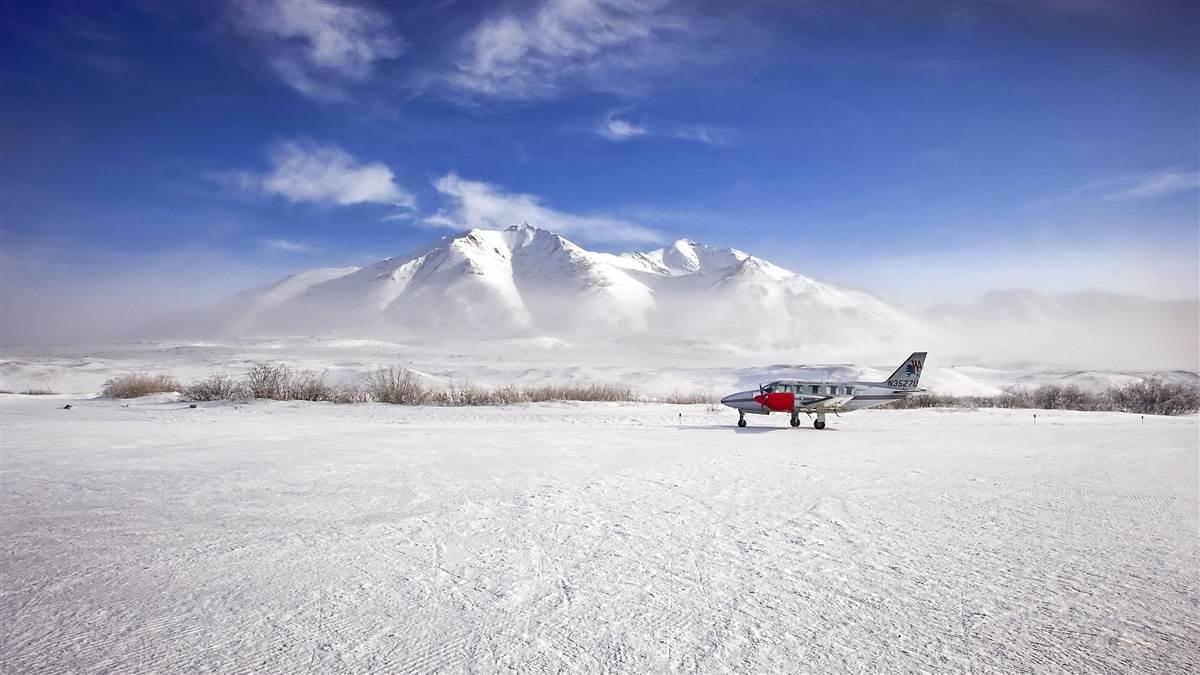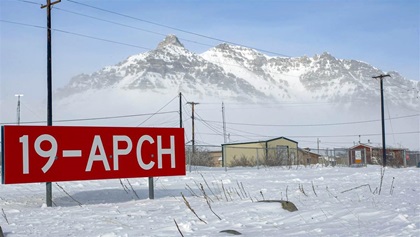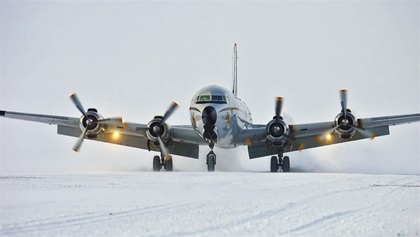Frigid fields
FAA taps the coldest airports in the United States, offers guidance

At the same time, the agency renamed the program from cold temperature restricted airports to cold temperature airports. Cold temperature airport procedures are detailed in Chapter 7, Section 3 of the Aeronautical Information Manual, and the airports are also published on the FAA’s website. Airports in 31 states are included, along with the associated temperature restriction, and which part of affected approaches requires an altitude correction—the intermediate, final, or missed approach segment.
“Temperature has an effect on the accuracy of barometric altimeters, indicated altitude, and true altitude,” says 7-3-1 of the Aeronautical Information Manual. “When the ambient (at altitude) temperature is colder than standard, the aircraft’s true altitude is lower than the indicated barometric altitude.”
The Aeronautical Information Manual includes a cold temperature error table as well as details for determining the correction that must be made during preflight planning.
In addition to barometric altimeter errors, colder-than-standard temperatures can also affect the rate of descent needed on an approach. “Non-standard temperatures can result in a change to effective vertical paths and actual descent rates when using aircraft baro-VNAV equipment for vertical guidance on final approach segments. A lower than standard temperature will result in a shallower descent angle and reduced descent rate. Conversely, a higher than standard temperature will result in a steeper angle and increased descent rate. Pilots should consider potential consequences of these effects on approach minima, power settings, sight picture, visual cues, etc., especially for high-altitude or terrain-challenged locations and during low-visibility conditions.”
Pilots must make the altitude correction on their own and report the correction to air traffic control if it occurs on the intermediate or missed approach segment. In a notice released August 10, the FAA emphasized that it is pilots’ responsibility to make the corrections: “ATC is not responsible for making any altitude corrections and/or advising pilots that an altitude correction is required at a cold temperature airport.”
The updated list of cold temperature airports is in effect until September 8, 2022.
The program previously published the information in the Notices to Airmen Publication. The FAA no longer publishes the Notices to Airmen Publication, so in July 2020, the agency began publishing the information in the Aeronautical Information Manual.
aeronav.faa.gov/d-tpp/Cold_Temp_Airports.pdf
The coldest (lowest temperature in January)
There are 146 U.S. airports listed by the FAA as cold temperature airports; 40 are in Alaska.
In Alaska
Northway, Alaska (PAOR)
-24 degrees F
Arctic Village (PARC)
-24 degrees F
Bettles, Alaska (PABT)
-23 degrees F
Allakaket, Alaska (PFAL)
-21 degrees F
Eagle, Alaska (PAEG)
-18 degrees F
Ralph M Calhoun Memorial, Alaska (PATA)
-17 degrees F
Coldfoot, Alaska (PACX)
-17 degrees F
McGrath, Alaska (PAMC)
-16 degrees F
Anaktuvuk, Alaska (PAKP)
-15 degrees F
Fairbanks, Alaska (PAFA)
-15 degrees F

In the continental United States
Crested-Butte, Colorado (GUC)
-6 degrees F
Robertson Field, North Dakota (D55)
-7 degrees F
Tower Municipal, Minnesota (12D)
-7 degrees F
Rangeley, Maine (M57)
0 degrees F
Craig-Moffat, Colorado (CAG)
3 degrees F
Steamboat Springs, Colorado (SBS)
3 degrees F
Northeast Kingdom International, Vermont (EFK)
4 degrees F
Lake Placid, New York (LKP)
5 degrees F
Joe Foss Field, South Dakota (FSD)
6 degrees F
Bozeman Yellowstone International, Montana (BZN)
8 degrees F
Angel Fire, New Mexico (AXX)
8 degrees F
Tri-County Regional, Wisconsin (LNR)
8 degrees F
Aspen, Colorado (ASE)
10 degrees F
Colstrip, Montana (M46)
12 degrees F
McCall Municipal, Idaho (MYL)
12 degrees F
Warmest of the coldest
Missoula, Montana (MSO)
19 degrees F
Joseph Y Resnick, New York (N89)
22 degrees F
Gustavus, Alaska (PAGS)
22 degrees F
Pangborn Memorial, Washington (EAT)
22 degrees F
Seward, Alaska (PAWD)
22 degrees F
Juneau International, Alaska (PAJN)
23 degrees F
Lake Tahoe, California (TVL)
26 degrees F
Wrangell, Alaska (PAWG)
28 degrees F
Petersburg, Alaska (PAPG)
26 degrees F
Klawock, Alaska (PAKW)
32 degrees F
Rogue Valley International-Medford, Oregon (MFR)
32 degrees F
St. George Municipal, Utah (SGU)
33 degrees F




